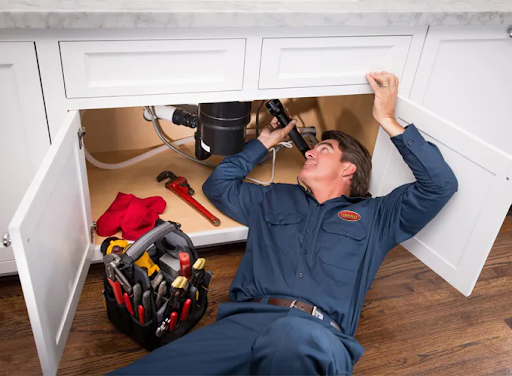When it comes to home maintenance, plumbing inspections often get overlooked—until something goes wrong. A leaking pipe, slow drain, or backed-up sewer line can turn a peaceful evening into a full-blown crisis. That’s why understanding the value and process of a plumbing inspection is one of the smartest things a homeowner can do. It’s not just about preventing costly repairs—it’s about preserving the health, comfort, and safety of your living space.
Why plumbing inspections matter
Plumbing systems are like the circulatory system of your home—mostly hidden behind walls and floors but essential to everyday life. Over time, wear and tear, shifting ground, and outdated materials can cause issues that aren’t visible to the naked eye. Regular inspections allow professionals to catch these problems early before they spiral into larger, more expensive ones.
For instance, even a minor leak can waste thousands of gallons of water per year and inflate your utility bill. Corroded pipes can contaminate drinking water. And damaged sewer lines? Let’s just say those are emergencies you don’t want to face.
Speaking of emergencies, many homeowners only call a plumber when water is already pooling around their feet. At that point, you’re not scheduling a check-up—you’re frantically searching for emergency plumbing service in Toronto that can show up on short notice.
What a plumbing inspection involves
A professional inspection covers much more than just running a tap and flushing a toilet. Here’s what a typical check might include:
- Visual checks: This includes assessing exposed pipes for signs of corrosion, leakage, or water stains.
- Water pressure testing: Consistently high or low water pressure can indicate blockages, leaks, or pump issues.
- Drain performance: Slow drains may point to buildup or early-stage blockages in the system.
- Toilet and fixture inspection: Loose connections, cracked porcelain, or internal component wear are common culprits of leaks and inefficiency.
- Water heater evaluation: Checking for sediment buildup, faulty thermostats, or signs of corrosion can prolong the unit’s life.
- Sewer line and sump pump inspection: Especially critical in older homes, these can help prevent backups that can flood a basement in minutes.
With modern tools like camera inspections and leak detection systems, plumbing professionals can assess hidden parts of the system with minimal disruption.
How often should you schedule one?
The general recommendation is every two years, though this may vary depending on the age of your home and your location. Older homes or those surrounded by mature trees (whose roots can infiltrate pipes) may need more frequent checks.
New homeowners should consider a full inspection before closing on a property. It’s also wise to have one done before starting any major renovations that might affect plumbing lines.
The connection to long-term home value
Routine plumbing inspections aren’t just about avoiding emergencies—they help preserve the long-term value of your home. Undetected leaks can lead to mold growth and structural damage, both of which are costly to remedy and potentially hazardous to health. A well-maintained plumbing system is a key selling point if you ever put your home on the market.
Moreover, working with reputable professionals like POM Plumbing Group ensures that inspections are thorough and documented—something buyers appreciate during a real estate transaction. Their technicians often provide recommendations tailored to your property’s age, layout, and usage patterns, which can extend the life of your plumbing infrastructure.
Red flags homeowners should watch for
While professional inspections are crucial, there are warning signs you can look out for yourself:
- Water stains on ceilings or walls
- Persistent musty odors (a sign of hidden leaks or mold)
- Discolored water or metallic taste
- Gurgling noises from drains
- Higher-than-usual water bills
Any of these should prompt you to reach out to a licensed plumber without delay.
Think of a plumbing inspection like a yearly check-up for your home—it keeps things running smoothly and helps avoid surprises that could drain your wallet. Whether you’re living in a newly built home or a century-old fixer-upper, a proactive approach to plumbing care is one of the most cost-effective decisions you can make as a homeowner.
The next time you’re tempted to postpone an inspection or ignore a minor leak, remember this: water always finds a way—and if it’s not guided properly, it can cause damage that goes far beyond your pipes.


